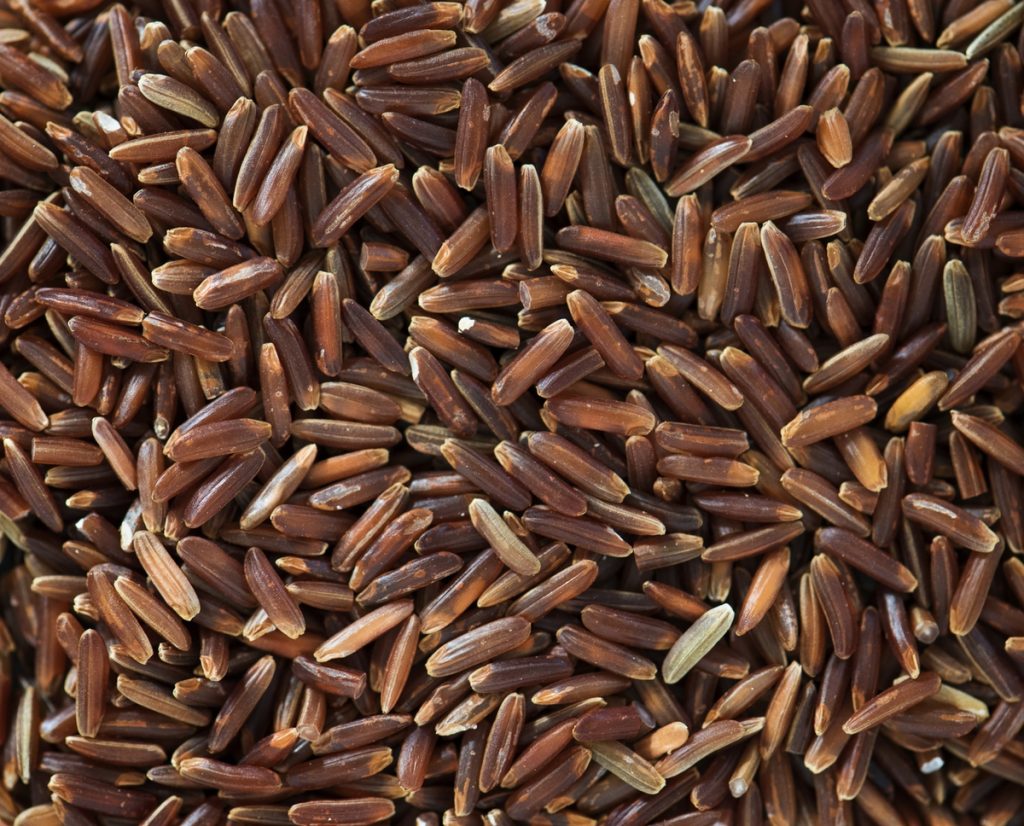Recipe 10

Khichdi or also known as Khichri
for 2 persons
a nourishing dish, good for the soul!
Khichdi is eaten in different variations throughout the Indian subcontinent. It combines the two pillars of Indian cuisine, namely rice and lentils. It also has a tradition of several thousand years and is eaten in all social classes. Even the moguls did not spurn khichdi and even Buddha is said to have eaten khichdi for breakfast. It is considered detoxifying, soothing to the stomach, and provides a lot of energy when emaciated, without burdening the body. Khichdi is suitable for a detoxification cure of several days and is suitable for all 3 doshas.
For this recipe you need
75 g brown rice
75 g mountain lentils
50 g buckwheat grains
50 g mung beans (mung dal)
1.5 l water (3/4 l for soaking and 3/4 l as cooking water)
2 tsp. ghee or clarified butter
1/2 red onion, chopped
1 few sprigs fresh coriander, chopped
1 small carrot, grated
1 tsp. turmeric powder
1 pinch cardamom
salt to taste
Preparation
In order to obtain the best detoxifying effect, all granular ingredients – separately – should be soaked in water overnight. The soaking water should not be used. Buckwheat and mung beans can be replaced with an appropriate amount of rice and/or lentils. Bring the water to a boil and add rice, lentils, mung beans and buckwheat grains. Simmer everything over a gentle heat until all the grains are tender (at least 30 minutes). Season with a little salt at the end of cooking. Put the ghee (or clarified butter) in a pan, add onions and carrots (or all vegetables). The onions should be translucent. As a variation, you can also lightly roast the vegetables. Season the vegetables with cardamom, turmeric and a little salt. Add the vegetables to the cooked grains. If the grains are too dry, add warm water by the spoonful until the mixture becomes creamy. Serve khichdi with some chopped cilantro.
To detoxify, follow a 7-day regimen, eating khichdi 3 times a day. You may vary.
Khichdi is as diverse as India and can be varied well, for example with dried fruits and saffron or to enrich the vegetable palette with watercress, fennel, cauliflower, broccoli or kale.

